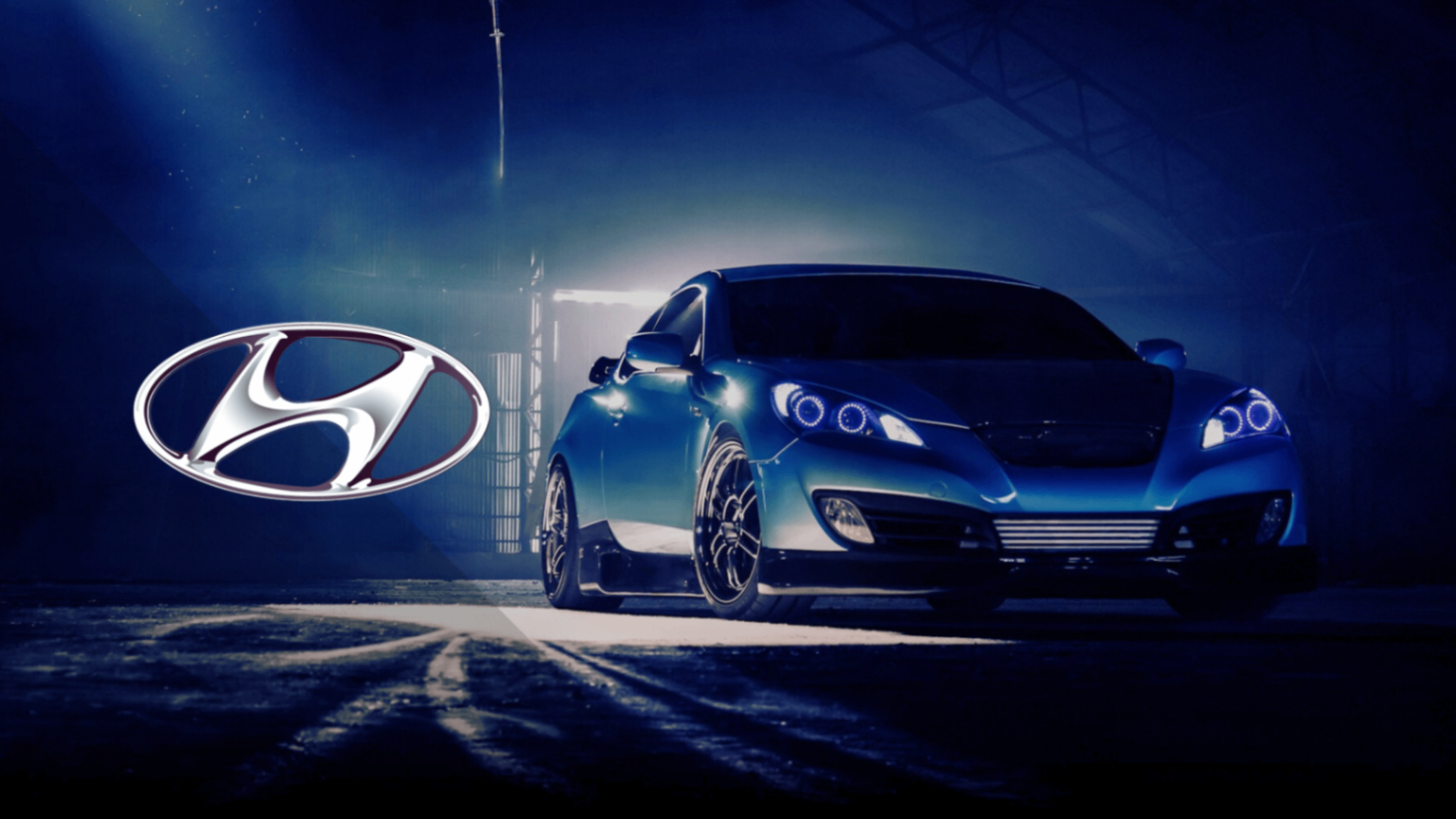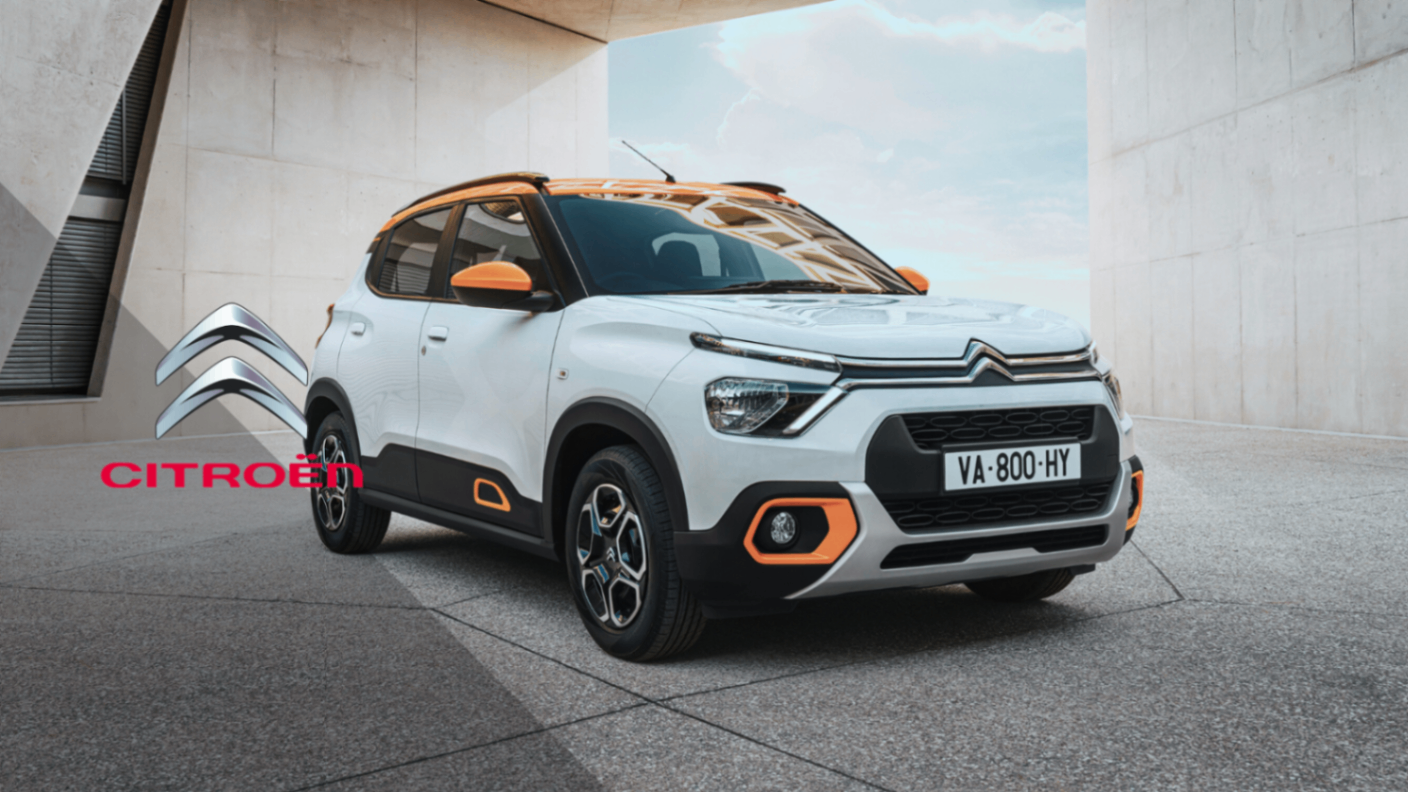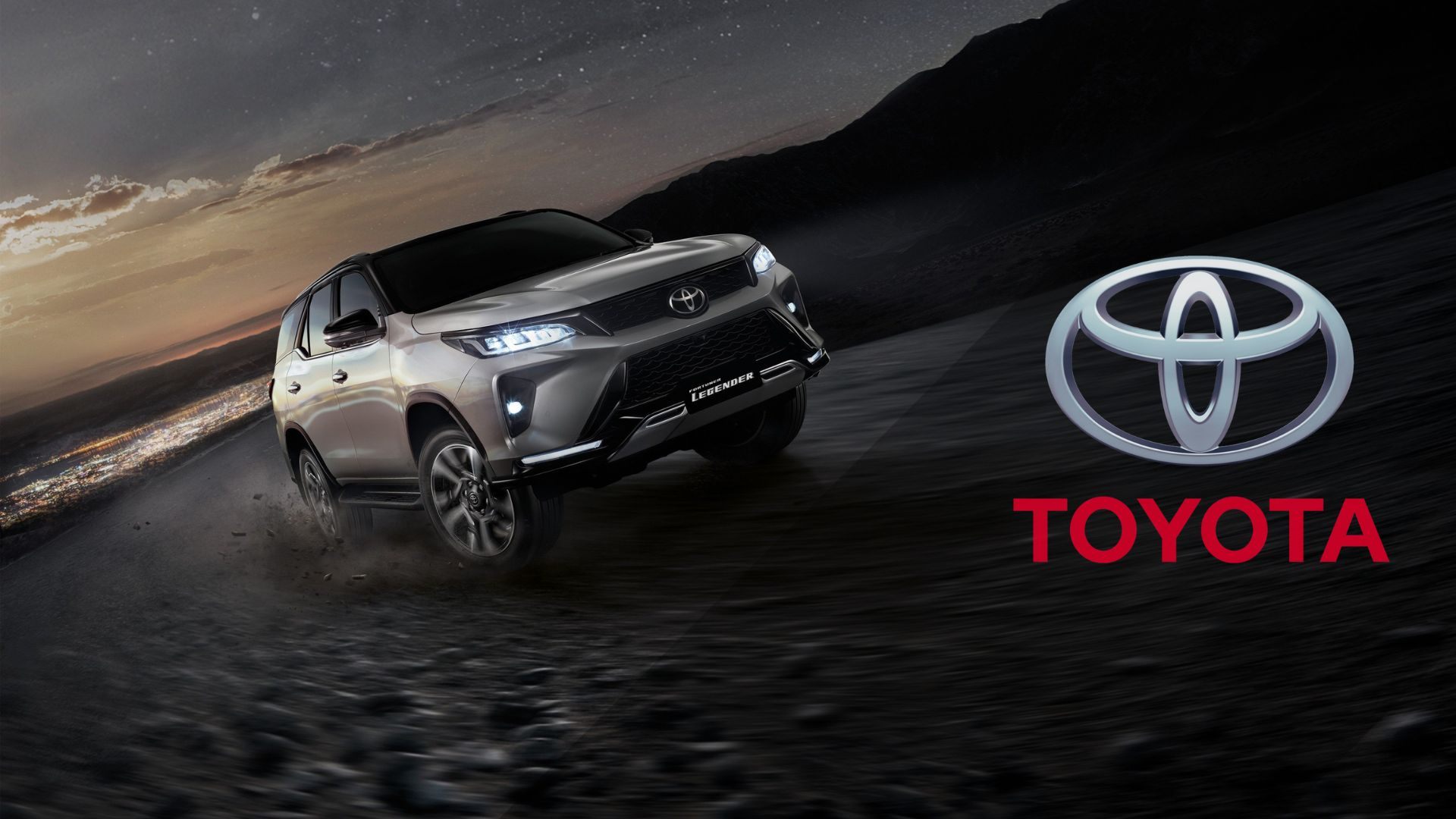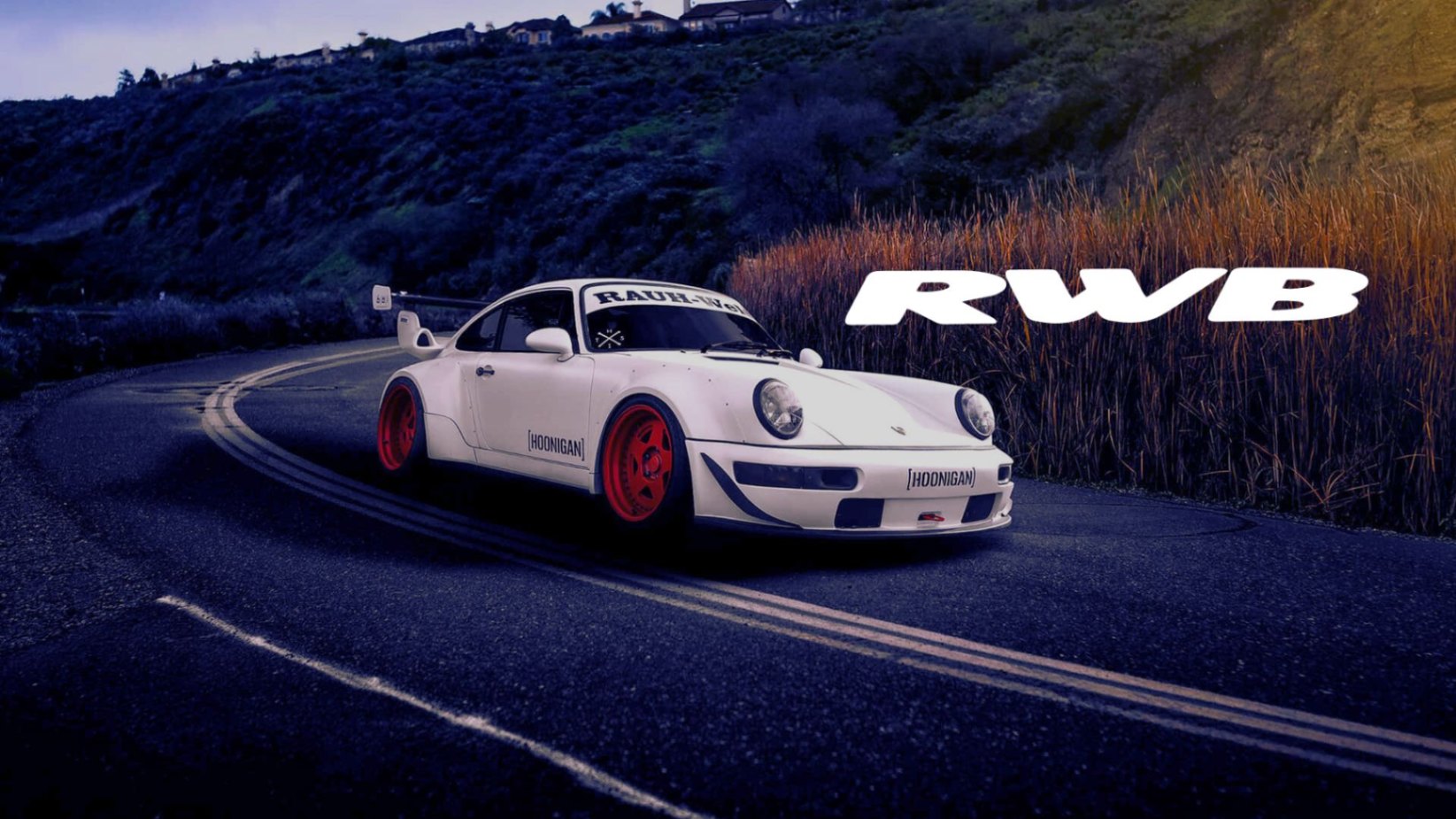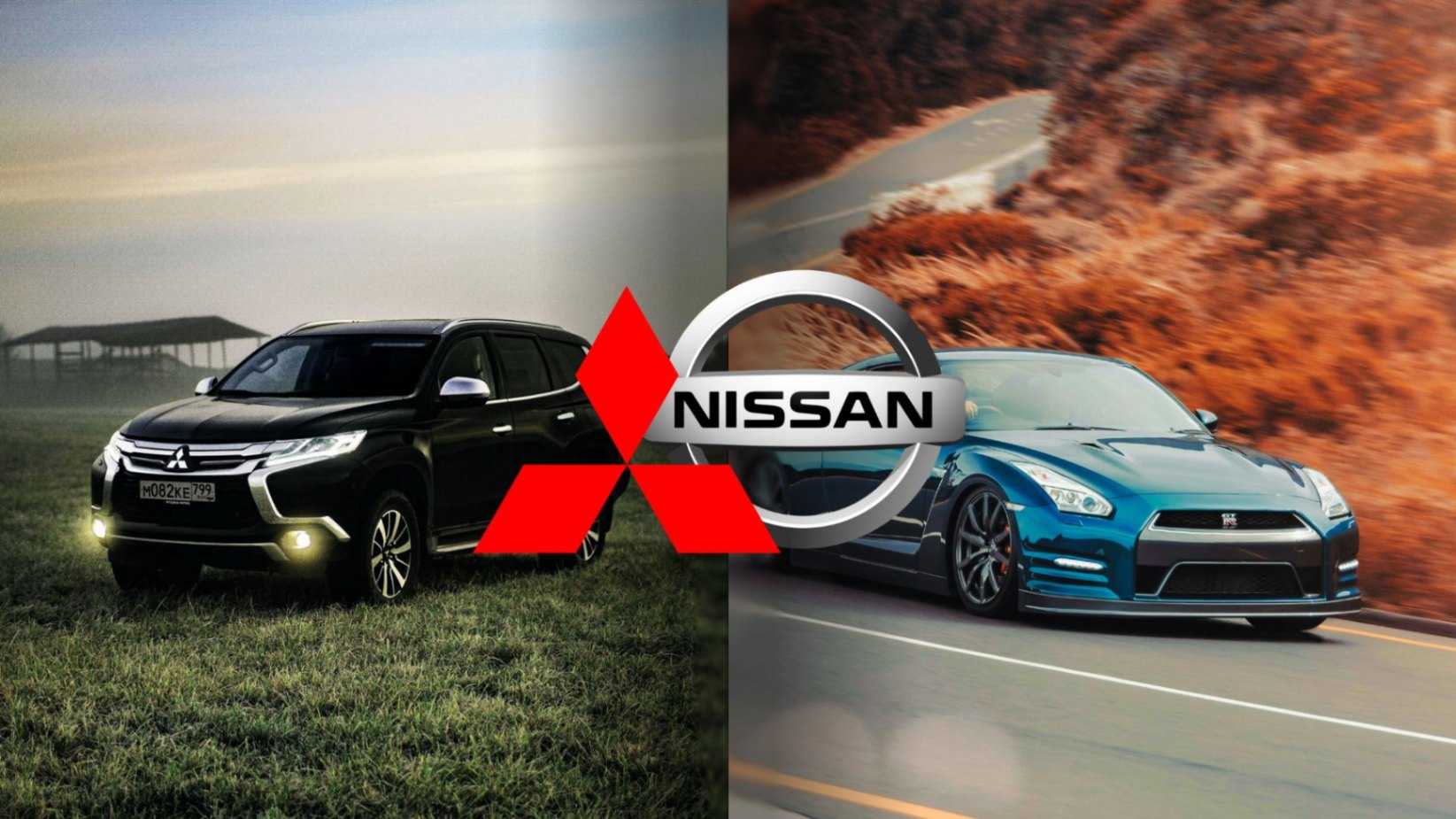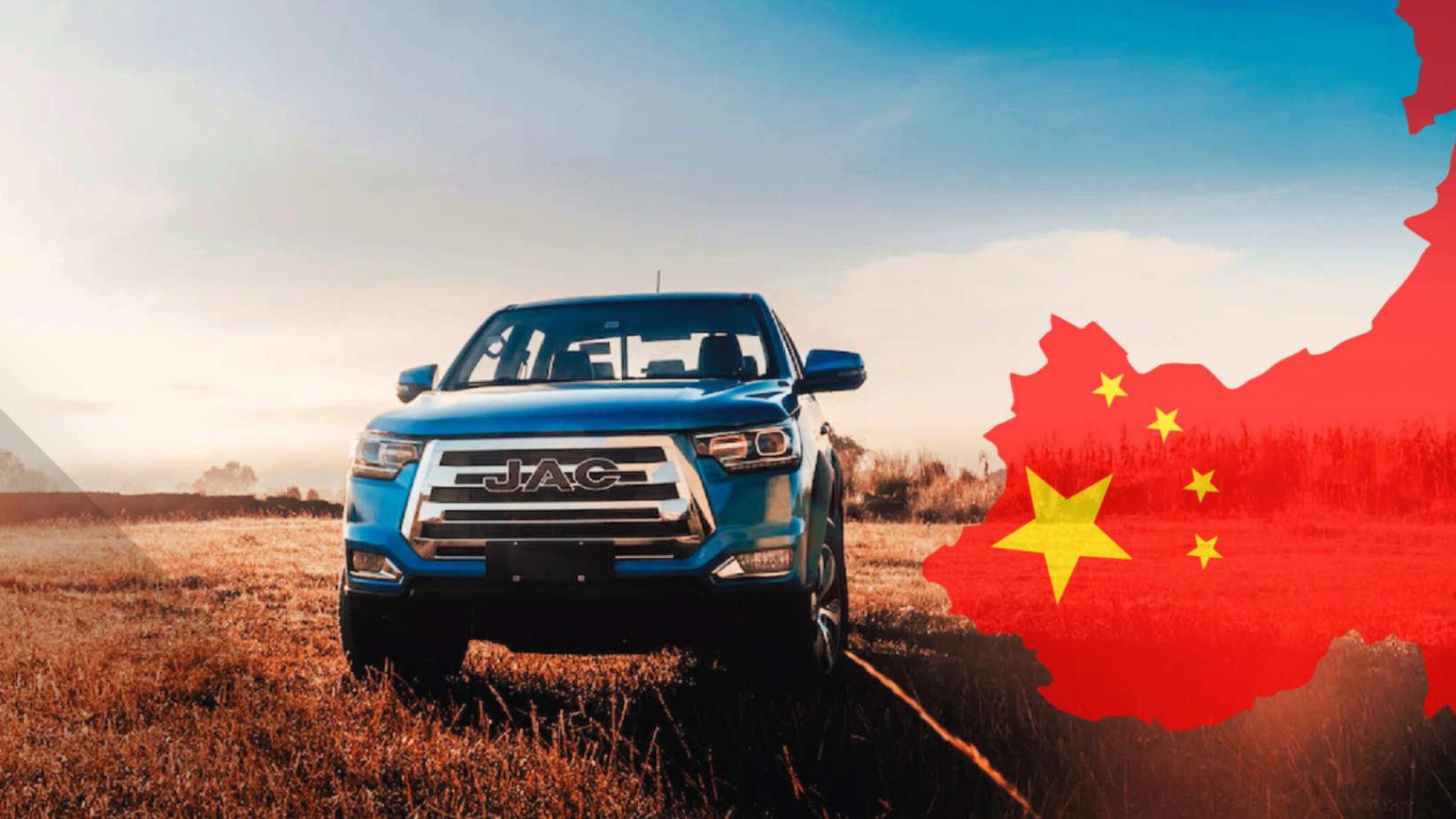
For over a century, Puch has adapted to market changes, facing challenges and celebrating achievements that have shaped its journey. In this blog, we'll explore the fascinating history of Puch, from its humble beginnings to its evolution in the competitive automotive world, highlighting the iconic models and innovations that have defined it. Join us on this journey through the legacy of a brand that combines tradition and modernity.
Puch's Humble Beginnings
The story of Puch begins in 1899 in the picturesque city of Graz, Austria, a place known for its rich cultural heritage and vibrant industrial community. Founded by the visionary Johann Puch, the company initially focused on manufacturing bicycles, a mode of transportation that was rapidly gaining popularity throughout Europe. Puch bicycles quickly stood out in the market due to their exceptional quality and durability, features that made them highly prized by both amateur and professional cyclists.
Success in the bicycle market allowed Puch to expand rapidly and diversify its production. By the end of the 1900s, the company had already begun manufacturing motorcycles, applying the same attention to detail and commitment to excellence that had characterized its bicycles. This foray into the world of motorcycles not only solidified Puch as a major player in the two-wheeled industry but also laid the groundwork for future innovations and expansions. Puch's reputation grew, and with it, the company's ambition to explore new horizons in the world of transportation.

From Two Wheels to Four: The Strategic Shift
In the 1930s, Puch made a bold decision to venture into the world of automobiles. This transition was not straightforward, as it involved a significant shift in technology and production processes. However, the experience gained from manufacturing motorcycles provided a solid foundation for their new endeavors. The company had to invest in new facilities, hire specialized engineers, and conduct extensive research to develop vehicles that met the quality standards they had already established with their motorcycles.
Puch's first automobile models clearly reflected the influence of motorcycle technology, allowing the company to differentiate itself from its competitors. These vehicles were compact, efficient, and robust, characteristics that made them appealing to a wide range of consumers. The market reception was positive, with many customers appreciating the reliability and innovative design of Puch automobiles. This initial success encouraged the company to continue innovating and expanding its product line, introducing constant improvements and exploring new technologies to stay at the forefront of the automotive industry.
Iconic Models That Defined an Era
Throughout its history, Puch has produced several automobile models that have become iconic and left an indelible mark on the automotive industry. Among these is the Puch 500, a small and efficient machine that captured the imagination of the European public with its compact design and ability to maneuver through the narrow streets of European cities. This model became a symbol of affordable and practical mobility, especially in the postwar period when the need for economical and reliable vehicles was most pressing.
Another standout model is the Puch Haflinger, an extremely versatile all-terrain vehicle that earned a formidable reputation for its robustness and ability to tackle the toughest terrain. Used in both civilian and military applications, the Haflinger proved to be an indispensable vehicle in situations requiring reliability and performance under adverse conditions. Its modular design and ability to adapt to various configurations made it popular in a wide range of sectors, from agriculture to mountain rescue.
These models stood out not only for their innovative design but also for the advanced technologies they incorporated, such as efficient engines and advanced suspension systems that enhanced the driving experience. Puch's ability to combine functionality and style has left a lasting legacy in the automotive industry, setting standards that many other manufacturers have sought to emulate. The attention to detail and commitment to quality in each of their vehicles have ensured that Puch automobiles are remembered and appreciated for generations.
See also: How the ghost saved Koenigsegg | History of Koenigsegg
Overcoming Adversity: Crisis and Resurgence
The 1970s and 1980s were challenging times for Puch. The global automotive crisis, characterized by economic recession and rising oil prices, severely impacted the industry. Additionally, shifting consumer preferences toward more fuel-efficient vehicles with modern features put the company in a difficult position. Competition intensified, and many automakers struggled to stay afloat. However, Puch proved to be resilient.
Through a series of ownership and management changes, Puch implemented an internal restructuring that included modernizing its production facilities and adopting new technologies. The company also focused on innovative strategies to adapt to an evolving market, such as diversifying its product line and exploring new market segments. Puch invested in research and development to create vehicles that not only met new environmental regulations but also offered superior performance and attractive design.
Furthermore, the company strengthened its strategic alliances and expanded its presence in international markets, allowing it to access new business opportunities. Thanks to these measures, Puch managed to overcome these challenges. Its ability to reinvent itself, adapt to changing circumstances, and maintain its commitment to quality and innovation has been key to its longevity and continued success in the automotive industry.

Innovation and Future: Puch in the 21st Century
Today, Puch remains relevant in the automotive industry. The company has adopted a renewed focus on sustainability and innovation, developing products that meet the needs of the contemporary market. This approach includes implementing advanced technologies in the manufacturing of electric and hybrid vehicles, as well as researching sustainable materials and more eco-friendly production processes. Puch has established research and development centers dedicated to exploring new ways to reduce the carbon footprint of its products, ensuring that each new model not only meets the strictest environmental regulations but also offers superior performance and an unmatched driving experience.
With a clear commitment to green and efficient technology, Puch continues to be a leader in future mobility. The brand continues to inspire new generations with its legacy of quality and excellence, and its ability to adapt to changing market demands. Additionally, Puch has launched educational initiatives and collaborations with universities and research centers to foster innovation and the development of new automotive technologies. These initiatives not only seek to improve its products but also contribute to the overall advancement of the industry and promote more sustainable mobility globally. Puch's vision for the future includes expanding its line of electric vehicles, integrating autonomous driving systems, and creating urban mobility solutions that are accessible, safe, and environmentally friendly.


